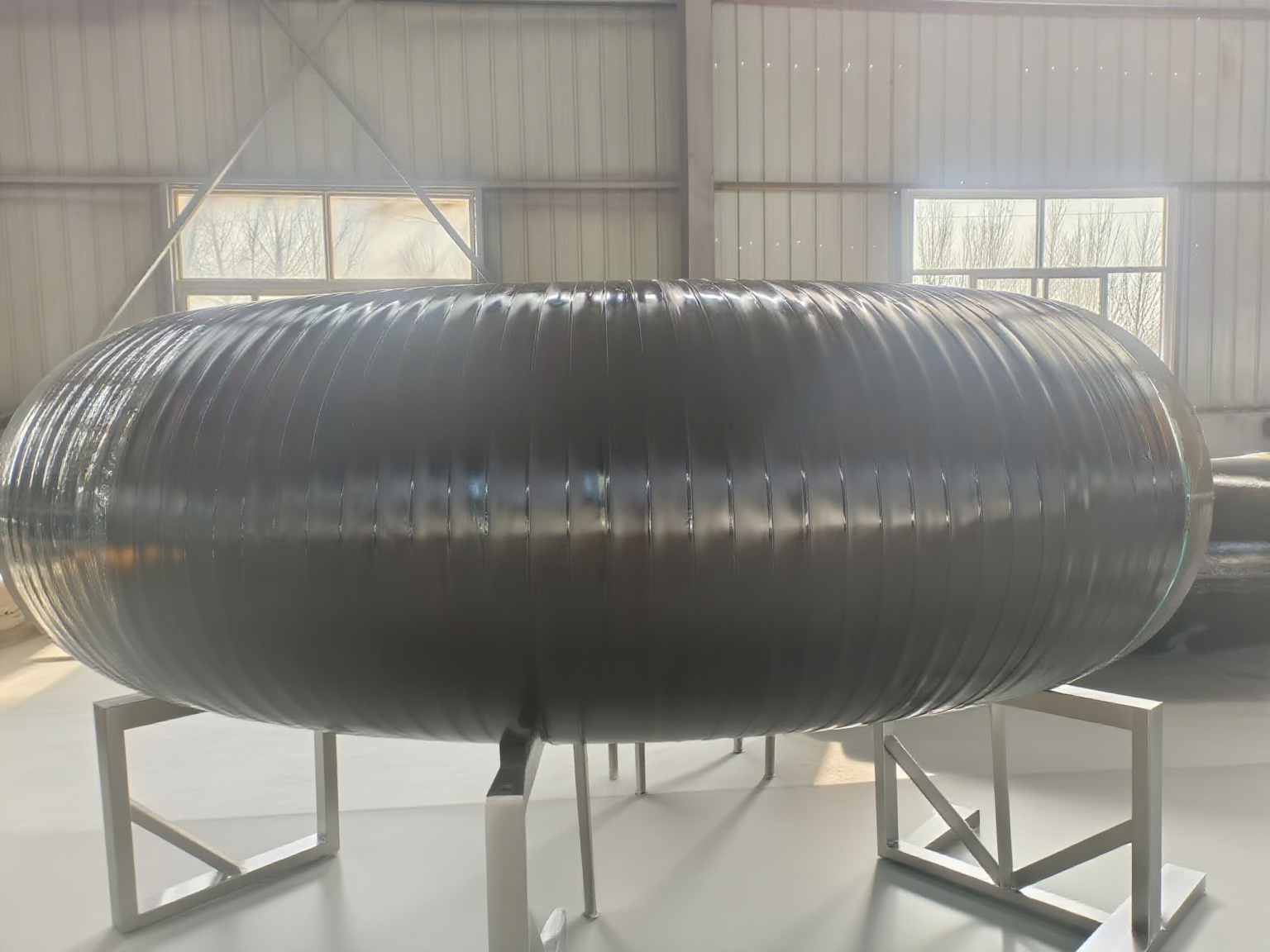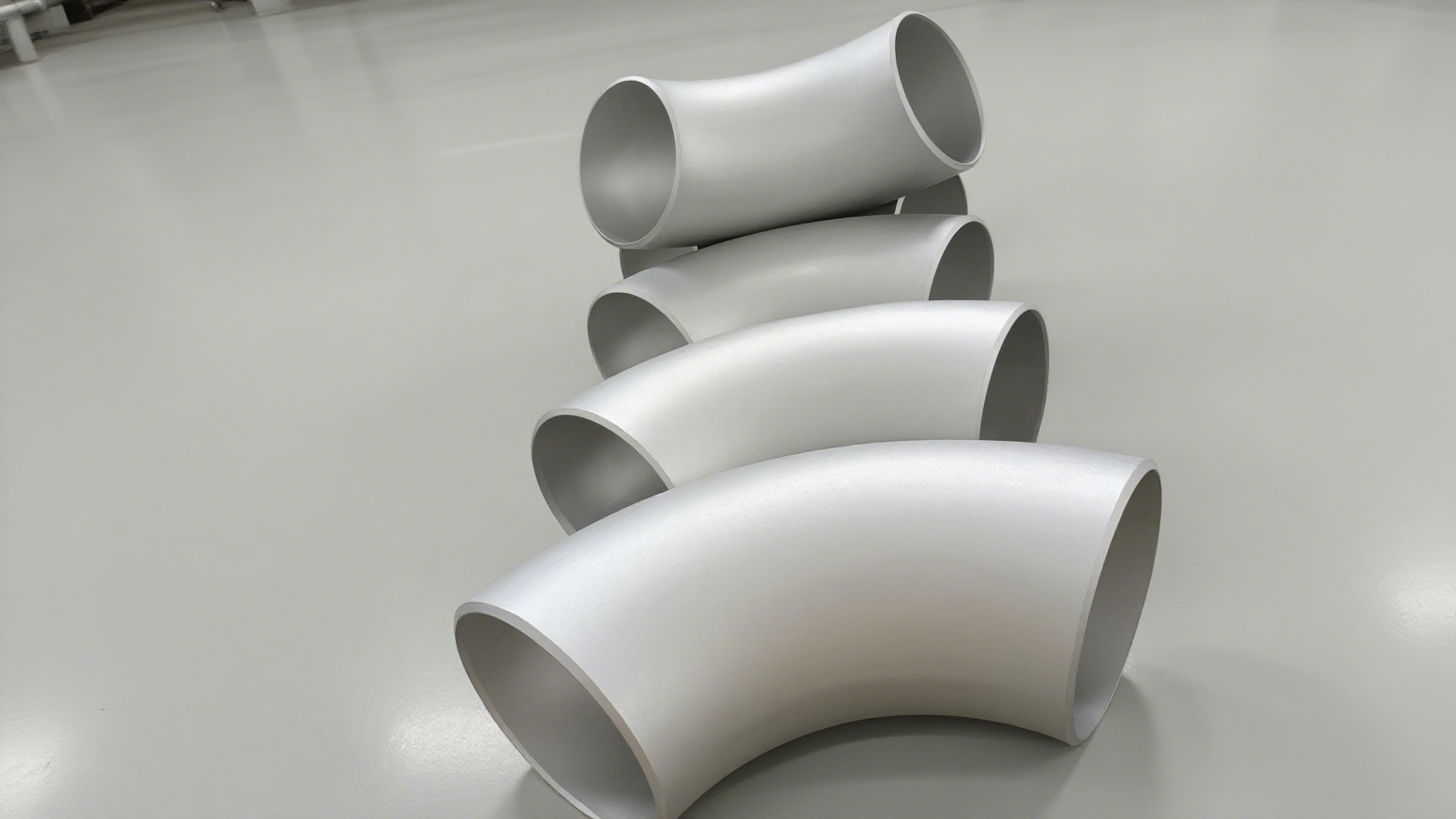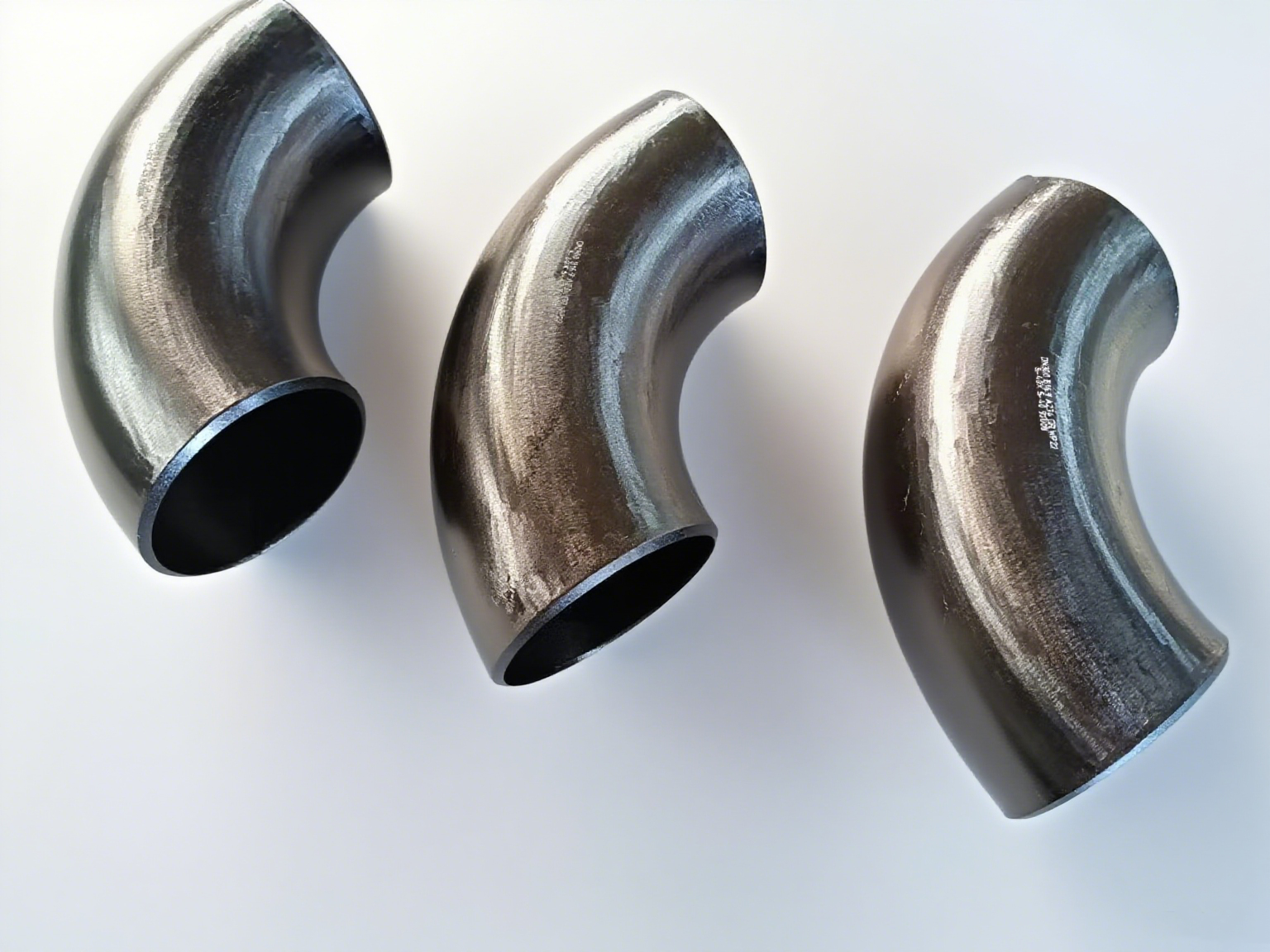I. Key Characteristics
- Flow Direction Control: Precisely alters pipeline direction (common angles: 45°, 90°, 180°, or custom).
- Connection Hub: Maintains pipeline continuity at direction changes.
- Design Versatility: Available in multiple angles, materials, manufacturing methods, standards, and connection types to suit diverse operational requirements.
- Compact Structure: Simpler and more space-efficient than multi-fitting directional solutions.
- Optimized Flow (Low Resistance): Well-designed types (e.g., Long Radius elbows) minimize fluid resistance, pressure drop, and energy loss.
- High Sealing Integrity: Reliable connection methods (e.g., welding, flanges) ensure leak-free joints.
- Pressure Capacity: Withstands system pressures based on material, wall thickness, and manufacturing standards.
Corrosion/Temperature Resistance: Material-dependent properties (e.g., stainless steel for corrosion, alloys for temperature) suit specific media and environments.

II. Technical Specifications & Classification
1. By Bend Angle
- Standard: 45° Elbow, 90° Elbow, 180° Elbow (Return Bend)
- Custom: Engineered angles (e.g., 30°, 60°, 120°) available per project specifications.
2. By Material
- Metallic: Carbon Steel, Cast Steel, Alloy Steel, Stainless Steel, Copper, Aluminum Alloy
- Non-Metallic: PVC, CPVC, PP, PE, PTFE (For corrosive/chemical applications)
- Material selection governs corrosion resistance, temperature tolerance, strength, cost, and media compatibility.
3. By Manufacturing Process
- Pushed: Heated pipe pushed through dies. Smooth bore, uniform wall thickness (Common: SS, CS).
- Pressed: Formed under pressure using dies/molds. High efficiency.
- Forged: High strength, dense structure. Ideal for high-pressure/temperature/critical service.
Cast: Molten metal poured into molds. Cost-effective for complex/large sizes. Requires quality control for porosity/inclusions.
4. By Connection Method
- Welding (Most Common): High integrity, high pressure/temperature rating.
- Butt Weld (BW): Ends beveled for direct pipe welding.
- Socket Weld (SW): Pipe inserted into fitting socket for fillet welding.
- Flanged: Bolted connection via flanges. Facilitates assembly/disassembly/maintenance. Common for large diameters.
- Threaded: NPT (Tapered) or BSPT/BSPP threads. Easy installation for low-pressure/small bore (e.g., water, air).
- Socket & Spigot: Pipe inserted into fitting socket, sealed with gasket/compound (Cement, lead, elastomer). Common for Cast Iron, Concrete, Plastic pipes.
- Heat Fusion: For Thermoplastics (PP-R, PE). Heated surfaces fused together. High joint strength/seal.
- Electrofusion: For Polyethylene (PE). Embedded coil melts joint interface via electric current. Simple installation in confined spaces.

III. Primary Applications
Elbows are fundamental components in virtually all fluid, gas, powder, or slurry conveyance systems across industries:
- Oil & Gas: Upstream/Downstream pipelines, refineries, petrochemical plants (Crude, products, NG, chemicals).
- Chemical & Pharmaceutical: Processing plants (Acids, solvents, APIs, high-purity fluids).
- Power Generation: Fossil/Nuclear plants (Feedwater, steam), Hydro plants (Penstocks, cooling).
- Shipbuilding: Marine engines (Fuel, lube oil), ballast, firefighting, HVAC systems.
- Water & Wastewater: Municipal supply networks, treatment plants, building plumbing.
- HVAC: Heating/cooling hydronic systems, ventilation ducts.
- Food & Beverage: Processing lines (Water, dairy, beverages – Sanitary materials: SS, food-grade plastics).
- Pulp & Paper: Stock/slurry, chemical, steam lines.
- Mining & Metallurgy: Slurry transport, smelters (Cooling water, gases).
- Industrial Machinery: Hydraulic, pneumatic, lubrication circuits.
- Agricultural Irrigation: Large-scale sprinkler/drip systems.


